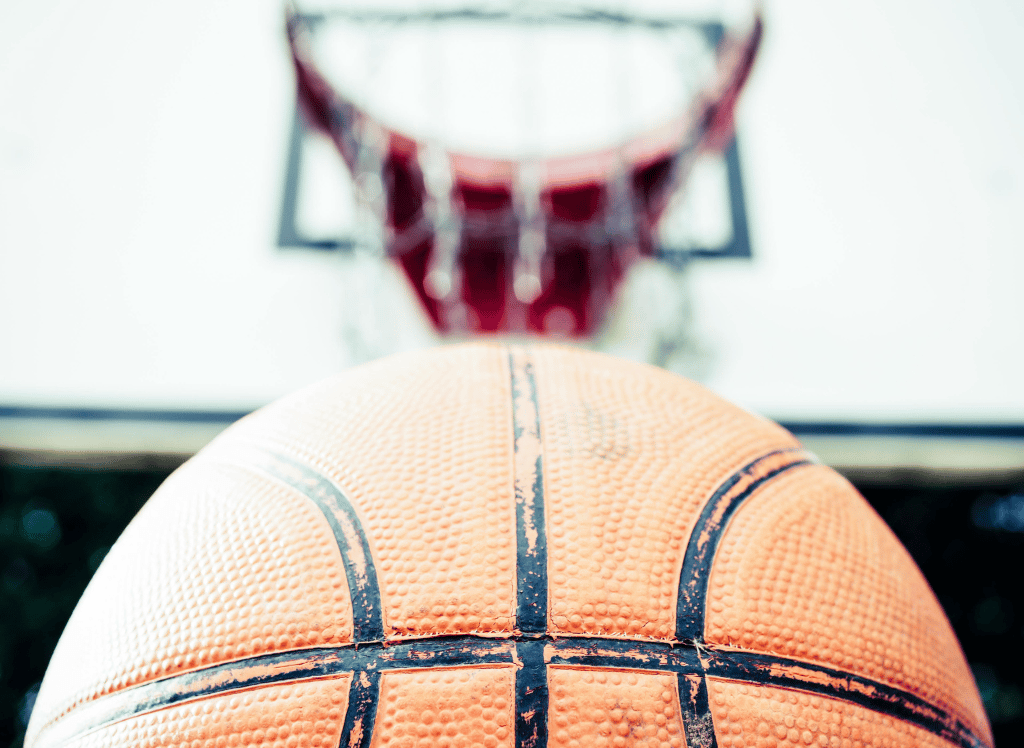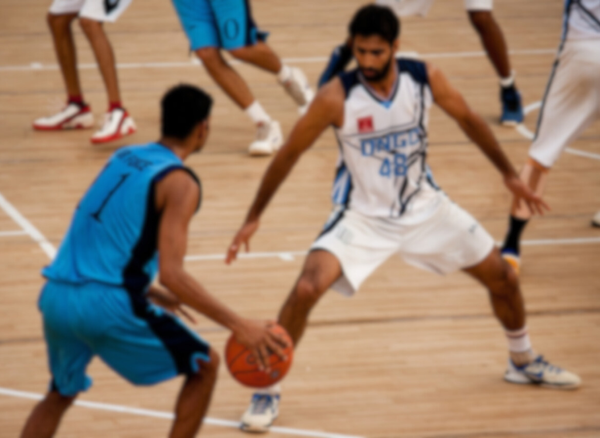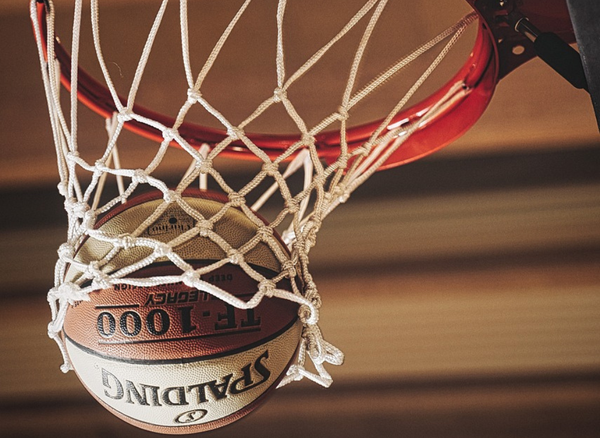Basketball isn't just a game of dunks and threes; it's also a chess match where the kings and queens wear sneakers. One of the sneakiest moves in this high-stakes game of hoops is the back screen. It's like the ninja of basketball plays – you never see it coming until it's too late, and your man's scoring a basket!
What is a Back Screen in Basketball?
A back screen in basketball is when an offensive player sets a screen (screener) behind the defensive player to create space for your offensive teammate (cutter) to receive a pass and potentially score.
So imagine you're an offensive player when suddenly you decide to set a screen on the defender guarding your teammate. But instead of the usual face-to-face encounter, you go rogue and set it behind them – surprise! That, my friends, is a back screen in basketball. It's a stealthy move that can leave defenders scratching their heads and coaches nodding in approval.
The back screen is essentially a basketball pickpocket. It's all about timing and position. You, the screener, must sneak up like a cat, plant your feet, and create a barrier that the defender can't ignore. Meanwhile, your teammate, the cutter, reads the sign and zips past you, often towards the basket for a quick hitter or to an open spot on the court for a clean shot.
Now, let's talk about a rip screen, generally referred as a back screen. It's like the backscreen's cooler older brother. The rip screen occurs when the screener sets up shop near the post, and the cutter rips past, leaving their defender in the dust. It's a great way for the ball handler to pass to the cutting teammate for a scoring chance or break open the defense for a moment of glory.
Down Screens and Flex Screens
Not to be left out, down screens and flex screens are also part of the back screen family reunion. Down screens typically happen away from the ball, where a player sets a screen for a teammate to move down towards the basket. The flex screen is a bit more complex, involving a series of screen actions that can make defenders feel like they're in a pinball machine.
The Choreography of Motion Offense
In a motion offense, back screens are like the dance moves that keep the rhythm flowing. Players are constantly moving, setting screens, and creating a symphony of offensive action. It's like watching a ballet, but with more sneakers squeaking and less tutus. The back screen is a key step in this dance, opening up the floor and keeping the defenders on the opposing team guessing.
Screen and Roll (or Pop)
When a player sets a screen and then rolls to the basket, it's called a pick and roll. If they decide to pop out for a shot instead, it's a screen and pop. Either way, it's a two-step move that can lead to some serious scoreboard changes. It's like a one-two punch in boxing, but with less bruising and more high-fiving.
The Wing and the Corner
The wing and the corner of the court are prime real estate for back screens. These areas offer the perfect angle for a screener to set up and for a cutter to make a sharp turn towards victory. It's like setting a trap in the perfect spot – the corner where the cheese is just too tempting for the mouse (or in this case, the defender).
Drills to Perfect Your Back Screens
Practice makes perfect, and that's especially true for back screens. Drills that focus on timing, positioning, and communication can turn a good screener into a great one. It's like rehearsing for a play – the more you practice, the better your performance when the curtain rises (or in this case, when the game starts).
Basketball Back Screen FAQ Section
Learn more with the frequently asked questions:
What's the main purpose of a back screen in basketball?
The main purpose of a back screen is to create confusion among defenders and open up scoring opportunities for teammates by allowing the cutter to move freely towards the basket or an open spot on the court.
How does a back screen differ from a regular screen?
A back screen is set behind the defender, as opposed to a regular screen which is typically set facing the defender. This element of surprise can be more effective in disrupting the defense.
What are some key elements to setting an effective back screen?
Key elements include proper timing, solid positioning, clear communication with teammates, and the ability to read the defense. The screener must also remain stationary to avoid a moving screen violation.
Can you screen using back in basketball?
Yes, you can use your back to set a screen in basketball. However, it's important to avoid leaning into the defender or making any unnecessary contact.
Are there any defensive strategies to counter back screens?
Defensive players should be aware of potential back screens and communicate with their teammates to switch defenders if needed.
How to set a back screen in basketball?
To set a back screen in basketball, follow these steps:
- Communicate with your teammate: Make sure your teammate knows you're setting a back screen and which direction they should cut towards.
- Position yourself behind the defender: Get into position behind the defender, making sure to stay stationary and avoid any illegal contact.
- Time your screen: Keep an eye on your teammate's movement and set the screen at the right moment to create maximum confusion.
- Create a barrier: Use your body to create a solid barrier that the defender can't easily maneuver around.
Summary
The back screen in basketball is a stealthy, strategic move that can open up the court and create scoring opportunities. From the rip screen to the flex screen, understanding the nuances of each type can elevate your game. Remember, it's not just about setting the screen; it's about the choreography of motion offense, the precision of the screen and roll, and the strategic placement on the wing and corner. With the right drills, any player can master the art of the back screen and become a ninja on the court.









